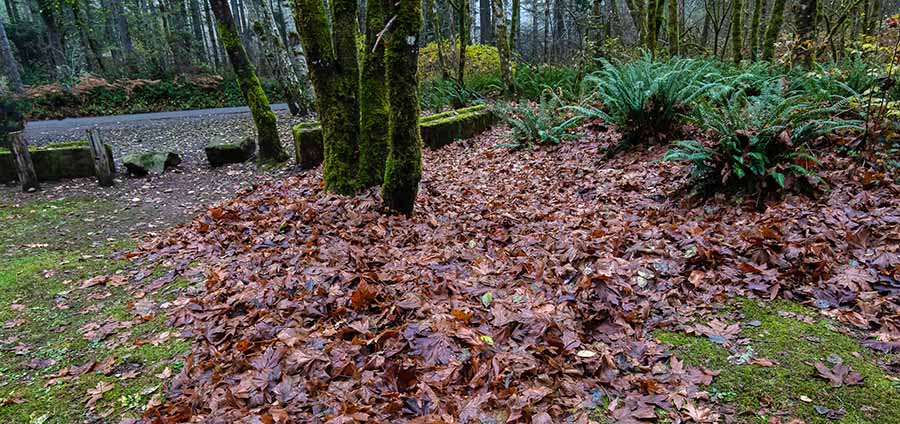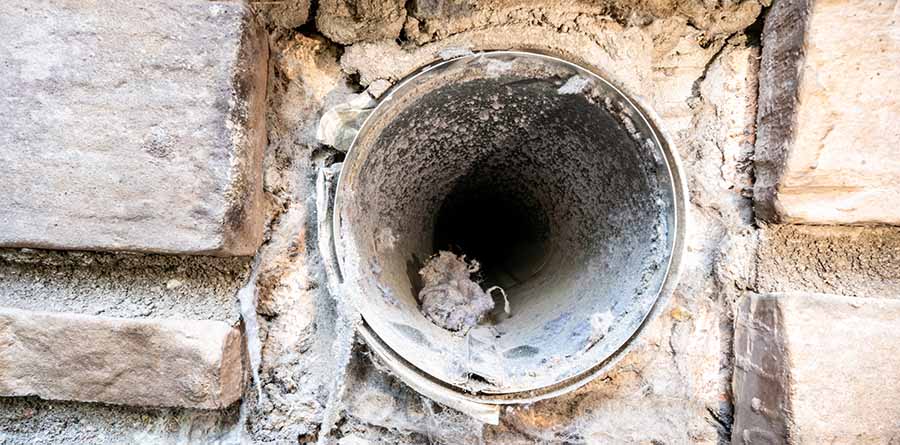If you’re new to leaf blowers, then you may be wondering where to use them best. Leaf blowers can find use blowing leaves, sure, but there are multiple other things that you can accomplish using a leaf blower.
From merely blowing dry or even wet leaves from your lawn to drying off patio furniture, even drying your car, there are many places where to use a leaf blower, even in wintertime.
This article will review the best uses and places to use the leaf blower. And we will go over some areas where not to use it.
Where You Use A Leaf Blower
As mentioned, there are many places where you can use a leaf blower effectively and efficiently. Whether it is a portable gas-powered, backpack-style, handheld, corded-electric, cordless-electric, or even portable-wheeled leaf blowers can be used for more than just blowing leaves.
Some common questions about where you can use a leaf blower are below. They will include our best recommendations, tips, tricks, and a few ideas you probably didn’t think of for using your leaf blower.
Can You Use A Leaf Blower On Grass?
First and foremost, you can use a leaf blower on your grass. A leaf blower can find use to accomplish moving leaves or even drying the grass if too damp to mow. It is the first and perhaps the most apparent benefit of the power tool. It initially gives us two different things to do with the lawn and the leaf blower.
Some cordless or even corded leaf blowers can even come with features to work as a vacuum or mulcher. These leaf blowers that have this secondary or tertiary purpose are usually of the electric-powered variety.
A mulching or vacuuming leaf blower can also be used on your grass to clean up the pile of leaves that you use the blowing option to gather. Just be careful using a mulcher optioned leaf blower if the leaves are wet.
Can You Use A Leaf Blower On Wet Leaves?

When you have a multitude of wet leaves on your property, whether they’re on your lawn driveway or walkway, they can be quite an eyesore. A pile of wet leaves can kill grass that’s underneath by smothering it. Likely you will want to know if you can use your leaf blower on said wet leaves.
Many leaf blowers are powerful enough to use on wet leaves to blow and move the leaves. However, if it’s the vacuum or mulching feature you are trying to use, it is best to wait until the leaves are dry.
Wet leaves can easily and quickly clog up any vacuum, even if intended to be used with leaves. Likewise, wet leaves can also promptly clog up any mulcher designed for use with leaves. For this reason, it is essential only to use a mulcher or vacuum feature on dry leaves unless the manufacturer has stipulated that wet leaves are not a problem.
Always consult your manufacturer’s manual to make sure that you are using it per their recommendations.
Can You Use A Leaf Blower To Dry A Car?
One of the more creative and exciting ways to use a leaf blower is when you would like to dry your car. You may have noticed when driving through an automated car wash that the blower systems they use to dry the vehicle off at the end of the tunnel are, in essence, very similar to leaf blowers.
The only difference between these giant hairdryer-like assemblies in the car wash and your leaf blower is that your leaf blower does not have heaters. However, this does not mean that it cannot be sufficient to dry off your car efficiently.
Can You Use A Leaf Blower To Clean The Dryer Vent?

Another creative way of using a leaf blower and solving a household problem is the requirement to clean out the dryer vent. Here are some simple steps you can take to clean the dryer vent using your leaf blower with a round attachment.
Step 1. Remove the air duct from the dryer.
Step 2. Insert the tip of the leaf blower nozzle into the end of the air duct you just removed from the dryer.
Step 3. Using some duct tape, seal the end of the air duct to the end of the leaf blower nozzle. It doesn’t need to be a severe seal, just enough that will last for about half an hour.
Step 4. Turn on your leaf blower, paying attention to carefully holding the duct in place when you start the leaf blower if the powerful leaf blower detaches it from the vent. Hopefully, your duct tape will keep.
Step 5. Using this technique, I found most leaf blowers will work effectively to clear out your air duct. However, it may take up to 30 minutes of blowing to completely clear any hair or lint that may be inside the vent.
Using A Leaf Blower To Clear Eavestrough Downpipe
Another creative use for the leaf blower is too attached to the end to the downpipe of your eaves trough to clear any Leaf jams that may be inside the pipe. Of course, this is best accomplished when any Leaf jams would be dry like on the end of a hot and sunny day; one may find that the leaf blower may not be fully effective.
Using A Leaf Blower To Clear Eavestroughs.
Like clearing out the eavestroughs downpipe, you could use a leaf blower, at least a small handheld version, for clearing out the eaves troughs of debris. If your house has asphalt shingles and they are more than a year old, you will find there will be a significant amount of asphalt send from the shingles that are in your eavestroughs.
Use Extreme Caution if up on a ladder and handle a leaf blower to clear your eavestroughs. Recommendations follow that the proper personal protective equipment such as a lanyard and harness must find use anytime one is working at heights.
Using A Leaf Blower To Move Snow

The last great use I found for a leaf blower is for moving snow. Leaf blowers work exceptionally well at moving lightweight, fluffy snowflakes. However, if the snow is heavy and wet, a leaf blower will not be sufficient.
The Best Way To Use A Leaf Blower
Using a leaf blower on your lawn to move leaves, you may find that some specific techniques work better than others. After reviewing many different videos and speaking with Landscaping experts who use these tools day in day out, I found some of the best ways to use a leaf blower.
When trying to move large piles of leaves or heavy wet leaves, the best course of action is to use a leaf blower similar to a practical fire extinguisher strategy.
Using a sweeping motion from left-right pointing the leaf blower’s nozzle at the base and just before the bottom of the pile of leaves will effectively help to sweep under the leaves, lifting them and blowing them in the direction of the airflow.
When sweeping from side to side, don’t try to point the leaf blower in a multiple directions sweep. By this, I mean you want to sweep in a reverse cone sort of motion. Think of it as rather than having the leaf blower pivot at the point of your hand, making the nozzle have a large Ark think of it as pivoting at the point of the nozzle. It’s your hand that has a large Arc motion from left to right.
This type of motion effectively moves the leaves, directing them into a single point two in front of you rather than directing them in a spread-out motion. You can think of it as a triangular motion. The leaf blower movement viewed from above would appear as moving within the shape of a triangle. The nozzle is pivoting at a point in front of you. And the blower part where your hand and handle is, moving from left to right along the triangle’s base.
Where Not To Use A Leaf Blower
Using a leaf blower effectively moves leaves, dust, dirt, and debris that isn’t too heavy from places like walkways, lawns, gardens, and driveways. There are, of course, other places you can use a leaf blower, such as blowing out your garage or even blowing debris off a deck or patio. But there are also some places where you should not use a leaf blower.
Take a look at the following list of places and reasons why you should not use a leaf blower in these locations. Always think twice before starting your leaf blower for a project to ensure that safety is a priority.
- Do not use a leaf blower to blow ground dirt or debris around windows. one may find that a basement ground-level window could easily break by a flying Pebble caused by the use of a leaf blower to clear debris off of a driveway, for example.
If using a leaf blower anywhere near a window is required, ensure that the airflow direction is parallel to the window or blowing away from it. It will ensure but you don’t break the glass.
- Do not use a leaf blower to clear off your deck if you live above someone else. For example, if you are in an apartment, having a leaf blower, even a small one, to blow dust debris or what have you off of your deck may cause things to fall on to either people or property of others below you.

